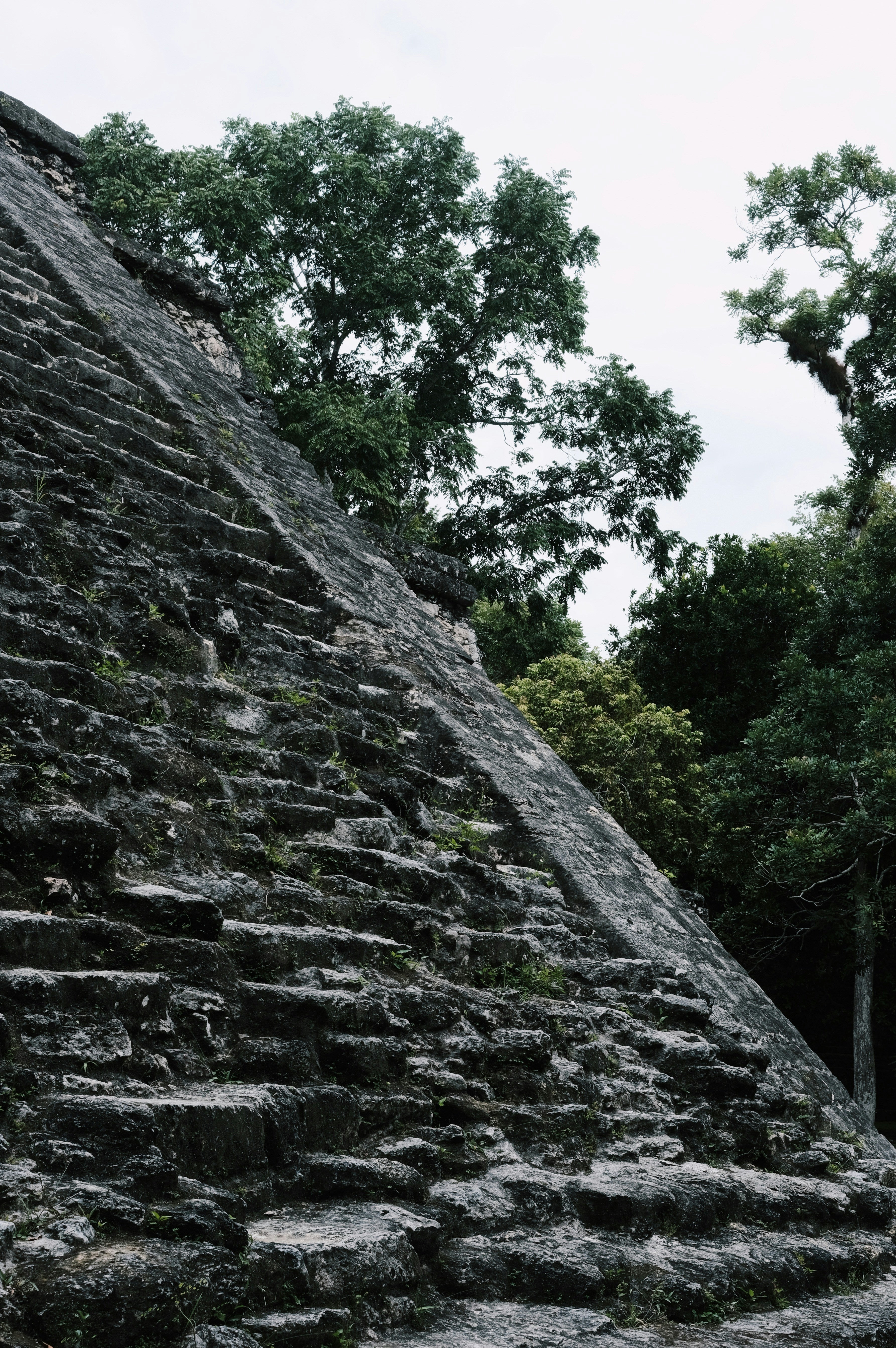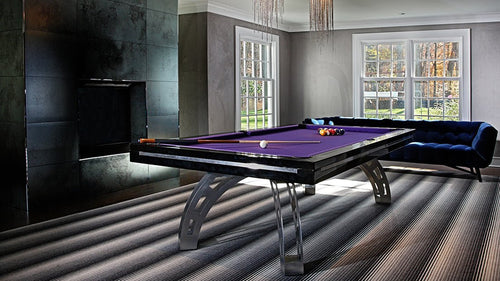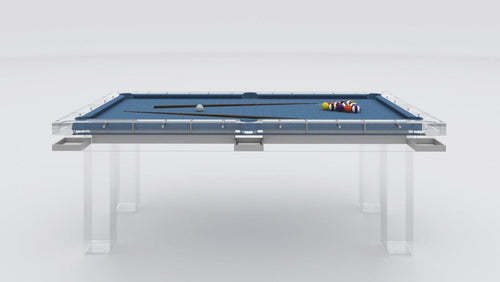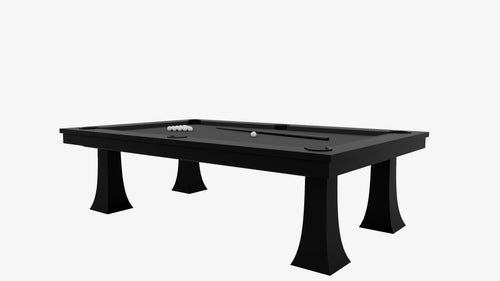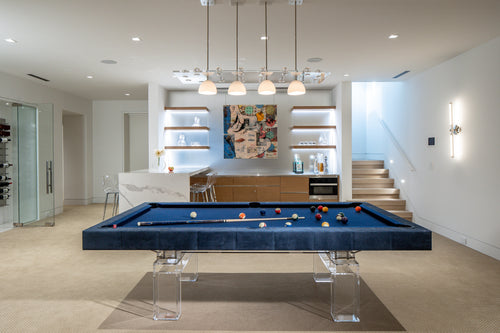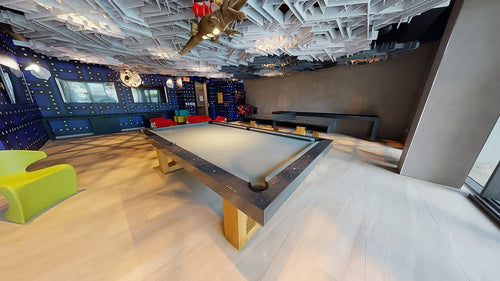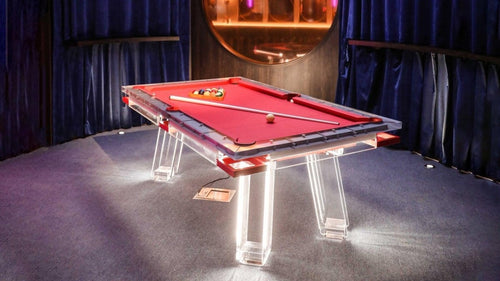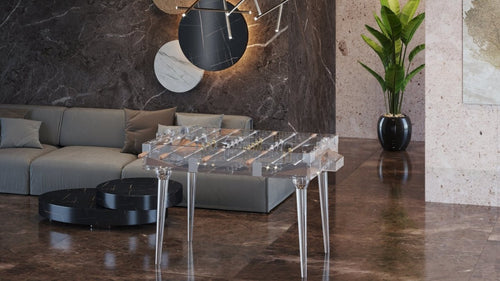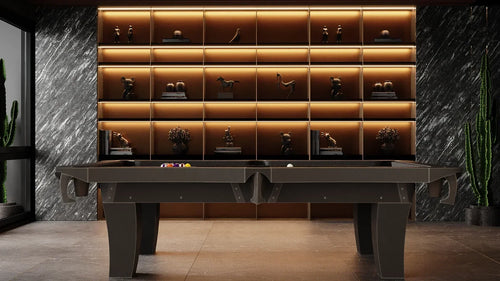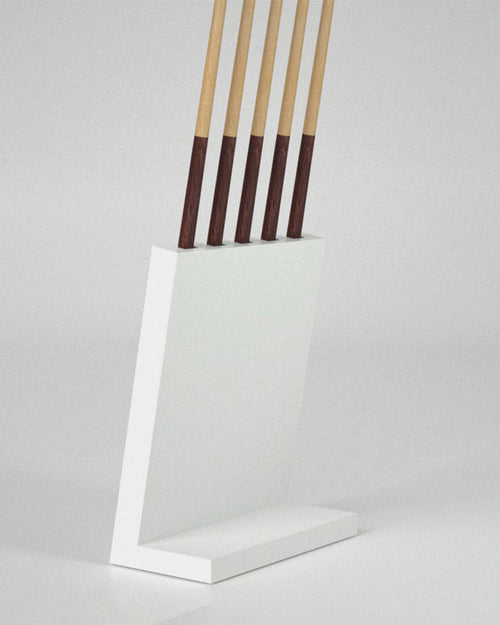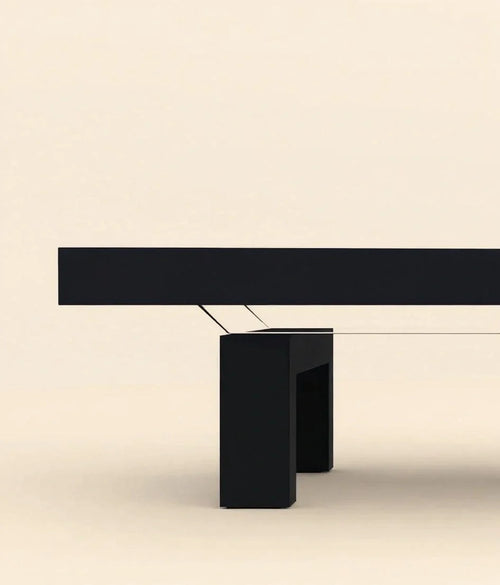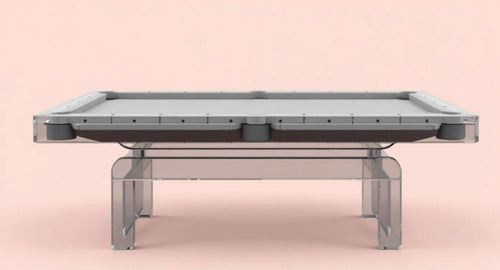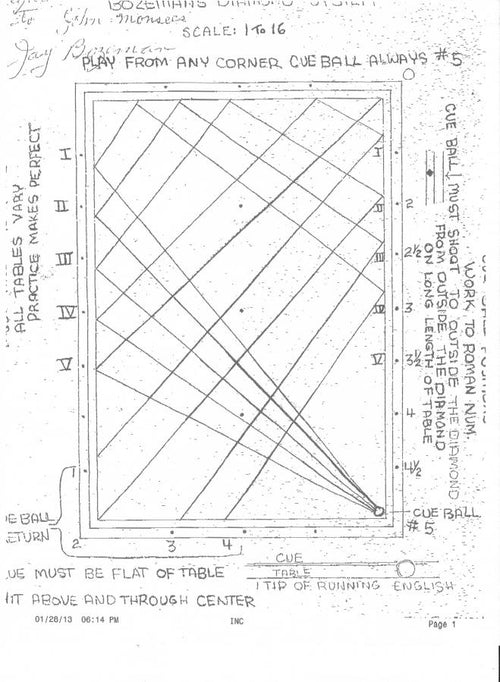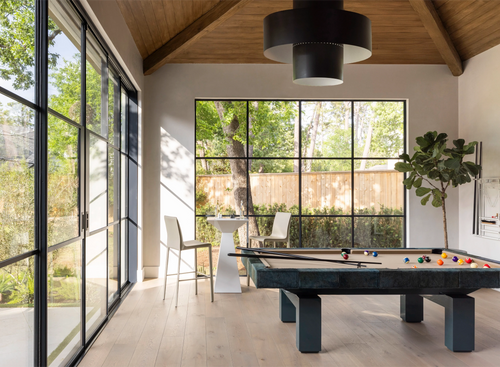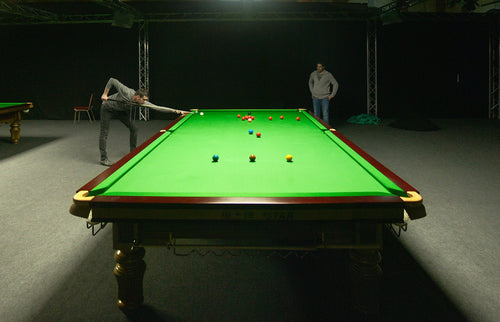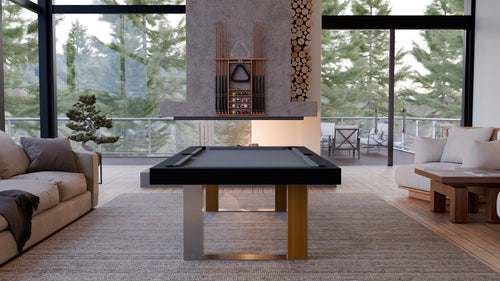Enjoy our modern designs
Estimated Read Time: 7 mins |
Long before European contact, the civilizations of Mesoamerica—stretching across modern-day Mexico and Central America—developed independently with remarkable urban planning, architectural achievements, and interior spaces. Civilizations like the Toltec, Maya, and Aztec created built environments that rivaled those of the Old World in complexity and scale. Their approach to design—rooted in religion, nature, and power—produced interiors that were both utilitarian and symbolically rich.
Urban Design and Monumental Architecture
- Teotihuacán, a 7-square-mile city near present-day Mexico City, hosted grand ceremonial avenues, plazas, and massive temples.
- Palenque, Uxmal, and Chichén Itzá in the Yucatán peninsula served as important Mayan ceremonial and residential centers.
Mesoamerican interiors were typically found in:
- Palaces: Residences of rulers with multiple rooms, courtyards, and decorated interiors.
- Temples: Often perched atop pyramids, featuring carved chambers and sacred altars.
- Residential structures: More modest dwellings using adobe bricks and pole-supported thatched roofs.
Structural Techniques and Materials
Construction in Mesoamerica was defined by regional materials and constraints:
- Sun-baked adobe bricks, stone, and wood were primary materials.
- Wooden beams and thatch were used for roofing due to the absence of arches or vaulted ceilings.
- Stone corbelling allowed for some enclosed spaces, but most interiors were open or partially covered.
This architectural limitation meant interiors were either enclosed using flat stone slabs and beams, or open-air/portico-style with wooden roofs supported by closely spaced columns (as at the Temple of the Warriors in Chichén Itzá).
Interior Layout and Furnishings
- Thronelike seats placed on raised platforms appear in Mayan ceramic depictions.
- Chac-mool sculptures, reclining stone figures, held offerings and served ritual functions in temple interiors.
- Interior walls were sometimes painted or covered in gold or brightly colored pigments.
- Low platforms, possibly used for sleeping or seating, were integrated into temple and palace interiors.
Spaces in temples or palaces were designed with a ritual flow, guiding visitors through colonnades, patios, and staircases into sacred chambers.
Art, Symbolism, and Decorative Features
- Reliefs and carvings adorned walls, pillars, and entryways, often depicting deities, mythic scenes, or historical narratives.
- Murals, like those in Teotihuacán apartment compounds, introduced color and storytelling into domestic interiors.
- Intricately carved columns at Chichén Itzá suggest decorative programs extending throughout temple complexes.
Interior ornamentation served religious, political, and cosmic functions—reinforcing the power of rulers and the presence of the divine.
Cultural Continuity and Influence
- Adobe construction and courtyard layouts were adopted by colonial builders.
- Catholic missionaries integrated indigenous spatial concepts into monastic buildings and churches.
This fusion formed the architectural DNA of many Latin American structures today, preserving echoes of Mesoamerican interior logic.
Conclusion
Mesoamerican interior design reveals a sophisticated understanding of space, symbolism, and structure—crafted independently from Old World traditions. Despite the loss of many original structures to conquest and decay, the surviving ruins, artworks, and cultural traditions provide a vivid picture of interiors that were ceremonial, hierarchical, and deeply meaningful. Through carved stone, adobe walls, and ritual platforms, Mesoamerican peoples created interior spaces that spoke not just to the body’s needs, but to the soul’s place in a complex, sacred world.


